
Mike Watson, Vice President of OraNet, unpacks some of the most pressing challenges to clinical research in today’s climate.

Mike Watson, Vice President of OraNet, unpacks some of the most pressing challenges to clinical research in today’s climate.
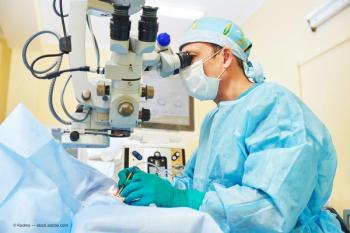
Technical details, communication style key to presbyopia-correcting IOL journey.

Daniel Choi, MD, and colleagues from the University of Pennsylvania, Philadelphia, investigated the effect of anti-vascular endothelial growth factor (VEGF) therapies in patients.

During a presentation at the Association for Research in Vision and Ophthalmology’s 2022 annual meeting in Denver, Yuichi Hori, MD, PhD, and colleagues found that taping the top border of a surgical mask to a clinicians’ skin reduces the potential for ocular surface damage resulting from expirations of air reaching the ocular surface during the COVID-19 pandemic.
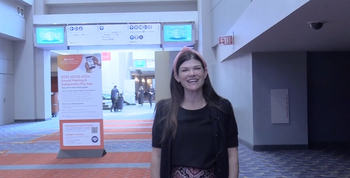
Allie Holmes, head of US marketing for Johnson & Johnson Surgical Vision, shares an update on what visioning the company is doing with their new and elevated technologies.

In a poster presented at the Association for Research in Vision and Ophthalmology’s 2022 annual meeting in Denver, Osama Ibrahim Hirayama, MD, and colleagues offered results that demonstrating that anisometropia and astigmatic error were greater among the patients with high myopia compared with the other groups. Compared with the subjects with no myopia, those with high myopia reported significantly more dryness, less photophobia, and less pain.

Expansion of program aims to provide more children with improved eye care; enhance the teaching of Wills residents and fellows
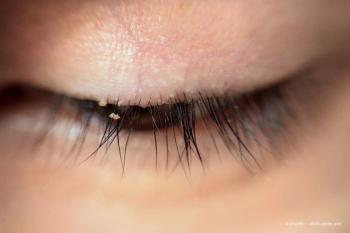
TP-03 met the primary and all secondary endpoints, effectively resolved Demodex blepharitis and was well-tolerated with no serious treatment-related adverse events. 56% of patients on TP-03 achieved the primary endpoint of complete collarette cure.
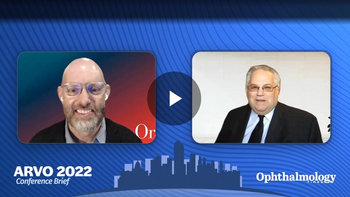
Dr. David Bingaman of Ora Clinical discusses today’s need to accelerate clinical studies and increase investments in retina and challenging disease states.

Treatments include tinted spectacles and/or contact lenses, low-vision aids, atropine drops, and patching for amblyopia, as well as eye muscle surgery for the nystagmus or any anomalous head posture and associated strabismus.
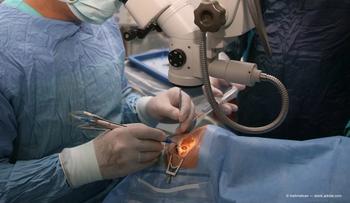
The intravitreal implant (OTX-TKI) is being evaluated to treat wet age-related macular degeneration in a phase 1b clinical trial.

Investigators from the New York University Grossman School of Medicine presented data at the Association for Research in Vision and Ophthalmology’s 2022 annual meeting in Denver that concluded mapping of the relative cerebrovascular reactivity in the murine brain showed widespread brain changes resulting from the chronic IOP elevation, and demonstrates vascular involvement in glaucoma both within and beyond the primary visual pathways.

In a poster presented at the Association for Research in Vision and Ophthalmology’s 2022 annual meeting in Denver, Mamoru Ogawa, MD, noted that investigators have found that the choroidal and central corneal thicknesses increased over a very short period of time following intensive outdoor activity.
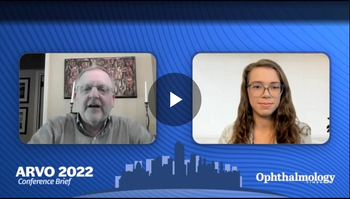
At ARVO 2022, Jason S. Slakter, MD, presents data on the efficacy and safety of OPT-302 when combined with ranibizumab for polypoidal choroidal vasculopathy.
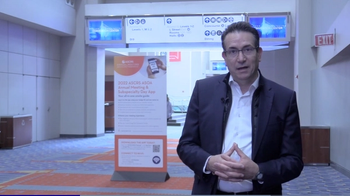
Riad Sherif, MD, CEO of Oculis, gives a company update on clinical trials for products in DME, ocular surgery, and more; plus, growing products in glaucoma treatments, team and financing updates.

According to Boston Medical Center investigators, providers and patients often disagree on what defines adequate sedation and comfort during surgery.
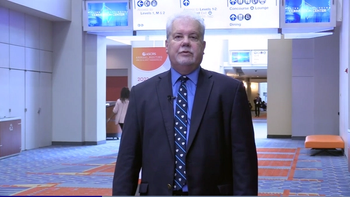
Kevin Waltz, a consultant for ViaLase, discusses the company's technology: an image-guided femtosecond laser surgical system for the treatment of glaucoma.
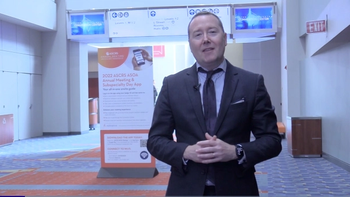
George Waring, MD, discusses the findings of a retrospective study on Allergan’s AGN-190584 for the treatment of presbyopia.
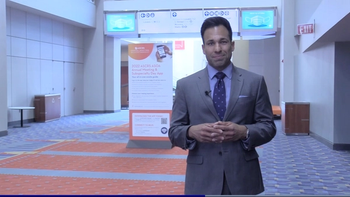
Last year, the company announced the data from the Saturn-1 study for TP-03, the first potential product to treat Demodex blepharitis, and the product is now in the phase 3 trial (Saturn-2). Aziz Mottiwala, chief commercial officer for Tarsus, gives a company update on the pipeline for their program for Demodex blepharitis.

Ophthalmologists have seen a progression in cyclophotocoagulation (CPC), with each generation becoming more doctor and patient friendly. Shan C. Lin, MD, a glaucoma specialist at the Glaucoma Center of San Francisco in California, described the advances in the technology.
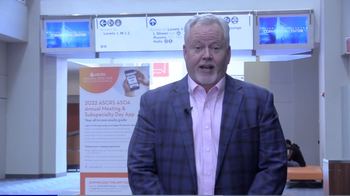
Earlier this year, BioTissue announced the corporate rebrand of its new customer facing entity, including carrying the name over to its surgical business formally known as Amniox Medical. Randy Mansfield, VP of marketing for BioTissue, shares an update at ASCRS 2022.

Greg Kunst, president and CEO of Aurion BioTech, shares a company update on endothelial cell therapy trials, clinical plans and upcoming data.
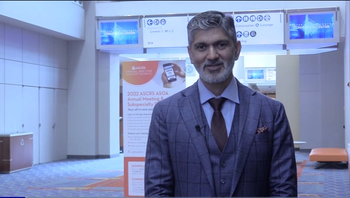
Dr. Sri Ganesh, MBBS, MS, DNB, chairman and managing director of Nethradhama Hospital Pvt. Ltd, discusses his studies on LENSAR and shares his findings.

According to the ALOFT study, patients demonstrate improved long-term vision in real-world setting after wet AMD conversion compared to current standard of care.
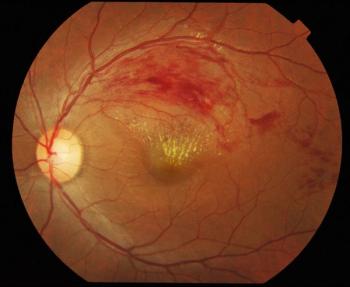
According to research, many patients with retinal vein occlusion have vision benefits, but require long-term monitoring and treatment

Ben Bergo, CEO of Visus Therapeutics, gives a company update on the company's presented phase 2 data, and what's next in the pipeline.

John Berdahl, MD, discusses the technique and benefit of endothelial cell therapy. An early technology, this therapy method allows for up to 100 treatments out of a single human cornea.
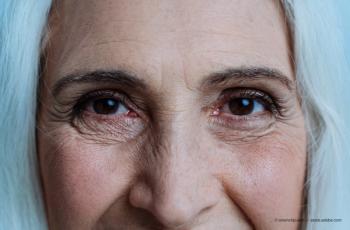
The glaucoma market seems to be in an expansion phase, as evidenced by the explosions in the number of new pharmaceutical and surgical options entering the marketplace. The introduction of new devices is possibly the single most influential factor currently driving the glaucoma market.

In a presentation at the American Society of Cataract and Refractive Surgery’s 2022 annual meeting, Marjan Farid, MD, ABO, and Preeya K. Gupta, MD, offered details of clinical trials for CSF-1 ophthalmic solution, a presbyopia eye drop candidate. Results showed that nearly half of the participants treated with CSF-1 achieved a 3-line or more increase in the distance-corrected near visual acuity an hour after drop instillation on day 15.

Anushka M. Raj, BS, second year medical student at the University of Oklahoma’s Dean McGee Eye Institute, presents "Inter-Device Measurement Reliability of Angle Kappa and Angle Alpha, Devices and Instruments" during ASCRS.